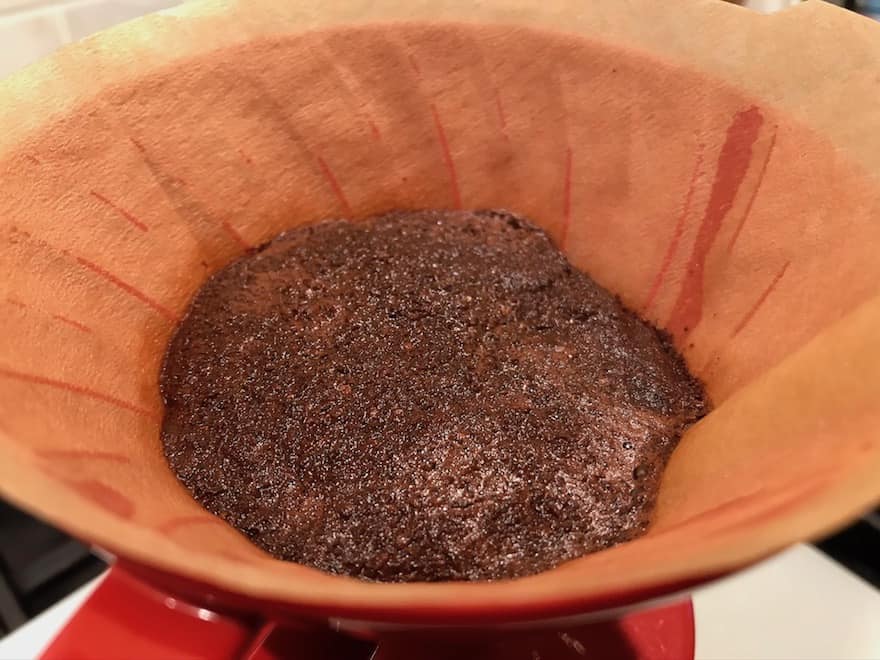Last Updated on November 5, 2023
Blooming coffee at the start of brewing can help your coffee achieve its full flavor and aroma. The purpose of blooming coffee is to draw trapped carbon dioxide gas out of the roasted coffee grounds. It’s a simple process, and if you want to avoid unnecessary sour notes in your brew, it’s 30 or 40 seconds well spent.
What is blooming coffee?
Coffee bloom is the bubbling reaction that results when a small amount of hot water is added to freshly roasted and ground coffee beans. The water soaks the grounds but does not actually create any coffee. Instead, it removes carbon dioxide that has been lingering within the beans since roasting.
Automatic drip coffee machines don’t really allow for coffee blooming, but many baristas consider it an essential step when making pour-over or French press coffee. A good bloom indicates that the coffee is fresh and will be fully flavored when you drink it.
Why does coffee bloom?
Coffee beans are roasted before you grind and brew them. The roasting process traps carbon dioxide within the beans. That gas is gradually released into the air after the beans are pulled from the roast, in a process known as “degassing.” Fully degassing coffee takes about two weeks, although much of it happens in the first few hours after roasting. After that, the process decelerates and the beans release gas more slowly.
Until you grind them, that is.
When you grind roasted coffee beans just before brewing, the sudden increase in exposed surface area accelerates the degassing process and rapidly releases carbon dioxide gas.
Carbon dioxide is odorless in small concentrations, but it can be sharp and acidic in high concentrations. If you dissolve it in liquid at high concentrations, it can impart a sour taste. This compromises the flavor and aroma of your coffee, so it’s important to remove as much carbon dioxide as possible before going through with your brew.
How to bloom coffee
Blooming coffee grounds is easy.
First, grind your beans and place them in the bottom of your pour-over filter or French press.
Then, preferably using a gooseneck kettle for maximum control, pour a small amount of water at brewing temperature over the beans to saturate them. The trick is to try and dampen every grain without leaving any excess water. Then, let it be.
What does coffee bloom look like?
@beanpoetFresh coffee likes to do a little dance called The Bloom. ##coffee ##foryou ##pourover♬ original sound – beanpoet
As you watch the coffee bloom, you’ll see the effect on the dampened surface of the coffee grounds. The areas where you added water will rise and bubble as the carbon dioxide reacts with the water. It will look like a soufflé rising, or a fast time-lapse image of a cake baking. It might bubble and sputter in spots, like a thick sauce does when it reaches the simmering point on your stove.
Coffee bloom time
The optimal coffee bloom time is around 30 or 40 seconds. After that, you can proceed with regular brewing. Because the carbon dioxide has already been pulled out of the beans, with very little ending up in your cup or carafe, the water you add afterward will pull only the delicious flavor and aroma compounds that you actually want in your cup.


